|
Completed: September 2019
Serves: 210 people Drinking water from this unprotected spring claimed the lives of many community members due to outbreaks of typhoid, diarrhea, and bilharzia. “The little money we get mostly goes to the hospital to treat our loved ones. If this spring is protected, all this menace will be curbed and our community will heal." — Mr. Mambili Completed: February 2019
Serves: 210 people “We shall see no more disgusting, dirty water which was full of tadpoles and some frogs. We as a community had suffered a lot because of the dirty water which was there before. No one since I was born has ever taken an initiative to help us protect this spring. I am glad we as a community are going to get access to safe drinking water, and I believe there will be minimal reports about waterborne diseases because of the help you people have done to us.” — Mr. Soita Date completed: 2/2019
Number served: 214 people “You have really done a great job for this community. I do not have anything to give you that would be equal to the change that you have brought to us.” — Mrs. Atuka Date completed: 11/2018
Number served: 280 “You are God-sent angels. Many have had false promises of protecting this spring and all have been in vain. We really thank God who brought you here, for we are really saved. The joy we have for clean water is like that of a mother for having the safe delivery of her first baby. We promise to take good care of this so as it can serve us and even our great-grandchildren.” — Margaret Musioma Completion date: 10/2018 Number served: 455 This community believed witchcraft was the source of their health complications. In addition to protecting the spring, the community members were taught how germs are actually spread and what people can do to protect themselves and others. “Many are the times when almost everyone in the community was sick [with] either typhoid or diarrhea, forcing them to use most of the resources around to cater for medication.” — Erick, a farmer The water source before the spring was protected
Completion date: 10/2018 Number served: 140 people “Most people in this community have suffered from waterborne diseases. Looking at the standard of living, we are not even able to meet the required money for treatment. Instead, people use alcohol to treat typhoid which is risky for their life." - Rose Mastiza “I will personally champion for the protection of Mukabane Spring . . . I am disabled due to polio and my people can also lose their lives due to outbreaks resulting from drinking dirty and contaminated water.” - Pauline, a young girl from the community. Implementing this project was of great impact in this community and particularly in the life of Pauline. Pauline
Completion date: 10/2018 Number served: 322 “I’m truly witnessing a miracle. We have been having safe water shortage[s] for decades . . . We are now happy and settled in our minds knowing that water is the least of our problems.” — Gladys Tembo. This stick floor is typical of the unsanitary, unsafe floors used in most latrines. Since people have been known to fall through these surfaces, many people choose to relieve themselves in the bushes instead. Each spring protection project includes five concrete sanitation platforms, like this one, for latrine floors.
Completion date: 11/29/2017
Number served: 385 “Poverty is indeed a thorn in our flesh, and thus without proper assistance from well-wishers like you, people die premature deaths before they accomplish their goals in life. People in this community have suffered for a long time due to lack of clean and safe water. Their health has really deteriorated, leading to underdevelopment in the area . . . [W]e are so grateful for this project in our community. We thank God, and we believe that it will go a long way in improving our livelihoods.” -Mr. John Lukoye (for whom the spring is named) Completion date: 11/29/2017
Number served: 240 “It has really taken God’s hands for this spring to come to completion. Indeed we have suffered for long of waterborne diseases through consuming water from this spring. I believe now we are free from those diseases, it’s only us to practice what we have been taught today. Thank you for touching lives of people.” -Village Elder Francis Lusich Completion date: April, 2017
Number served: 200 “We pray to God that He always gives you joy and the ability to help people in need.” -From a letter from grateful people from Pontieba Completion date: 9/15/2016 Number served: 930 St. Theresa Musaa is a public primary school located in the "slums" of Kakamega, Kenya. The school had received a closure notice from the ministry of health due to its poor sanitary conditions. St. Theresa had no water source whatsoever, insufficient number of latrines, and no hand washing stations. Students carried their own water to school, which often caused illnesses such as typhoid, cholera, diarrhea, and stomach aches. Two 30,000-liter rainwater catchment tanks have been installed at the school. In addition, new latrines and hand washing stations have been constructed. The teachers and students are overjoyed to have clean water and sanitation facilities. The video above shows them singing in celebration. This traditional song is sung by people who have gone into competition or battle and brought victory back home. The victory, in this case, is victory over a lack of water and sanitation facilities at the school. (Note: Maji means water in Swahili.)
Completion date: 8/15/2016 Number served: 500 “During our initial visit, it was obvious there were tadpoles and frog eggs (in) the spring!" - Excerpt from project report Imagine collecting water from a source where you can see tadpoles swimming and frog eggs in the water. This water was also contaminated with dangerous bacteria due to animals watering in the spring and by surface runoff in an area where there was open defecation. Thankfully, the people in Endeli now have a clean, safe water source! The Walibese spring protection project also included extensive sanitation and hygiene training as well as the construction of five sanitation platforms for latrines. The video above shows people at the Walibese Spring water project thanking the St. Thérèse Foundation.
Completion date: 11/2015
Number served: 165 Most people fetched water from open sources which were shared with wildlife. Waterborne illnesses were rampant in the village. Completion date: 11/17/2015 Number served: 300 The project report describes the village's water crisis prior to the new well: “This filthy water which residents drink is said to be the leading source of waterborne-related diseases among the clean and safe water-starved residents of the village." The village now has clean and safe water. Water source before the new well
Completion date: 09/23/2015
Number served: 175 175 people from Mumuli Village, Kenya received access to safe water when this spring protection project was completed. Before we protected the spring, it was contaminated with dangerous bacteria including E. coli, and thus was the source of many waterborne illnesses. Few people could afford firewood or chlorine to boil or disinfect the water. Some resorted to going to the forest to gather firewood which was not only unsafe, but also illegal. If caught, they received a costly fine. Now, as the project report states, “The community is already enjoying and rejoicing over their supply of safe, clean water." Completion date: 8/25/2015
Number served: 208 We gave 208 people safe drinking water with the completion of the Paolo Spring Protection project, which serves the community of Handidi Village, Kenya. Villagers had been drinking from a spring contaminated by surface runoff, animals watering in it, and people stepping into the spring as they fetched water. As a result, people suffered from waterborne diseases such as typhoid, cholera, and dysentary. That all changed in August when the Paulo Spring was protected. The Bweseletse Spring protection project serves 505 people in 57 households. It was completed on May 29, 2014. The people of Bweseletse had been drawing water from an unprotected spring, which was also used to water domestic animals. As a result the community suffered from outbreaks of waterborne illnesses such as typhoid, dysentery, diarrhea, and amoeba related illnesses. They spent a lot of money treating these illnesses. One community member, Alice, commented about all of the money she spent treating her family for Typhoid. This money, she said, could have been used to pay school fees or to boost her poultry and vegetable business. The following is an excerpt from the project report:
“We are excited to report that a water project has been completed in the village of Bweseletse, Kenya. A spring has been protected so that it is a safe source of clean water, sanitation platforms have been constructed, and training has been received on sanitation and hygiene, all of which will help stop the spread of disease within this community.” The Our Lady of Peace Girl's Secondary School well project was completed on January 16, 2014. Our Lady of Peace is a boarding school in western Kenya with 230 students and 36 teachers and staff. This project is a supplementary well. The following is an excerpt from the project report:
“Mrs Obilo was overwhelmed since she said that the presence of the well was a great achievement for the school and she feels proud that this happened while she is the principle of the school. She also said that the presence of water in the school will save time for the girls and they will be able to focus more on their studies. Also their health will be greatly improved with a clean water supply and they hope that this will hence lead to an improved performance in schools. One of the biggest problems the school has experienced was the decline in new student enrollment because of lack of a clean water supply. Parents had been avoiding the school because of this issue but now it is expected that school enrollment will increase this year and the years to come." The Kymugenyi well project has been completed! The following is from a report we received from our drilling partner: “The community faces one common problem: a lack of clean water. People are currently fetching contaminated water from open sources and small ponds. Drinking this water is highly dangerous as feces from animals and humans enter the water after rainstorms. Many people suffer from diseases such as worms, diarrhea, skin diseases. Especially for children under five, diarrhea is a deadly disease." The Kyamugenyi Village chairman expressed appreciation for the new well:
“We are very grateful that our village receives a water source...," says the village chairman. “This water will change our lives. Our children will never believe where we used to fetch water from!" The following is from a report we received from the drilling team in Kisula Mafumi:
"We also visited the traditional well and found children collecting water from it. Some were balancing the 20 liter jerrycans on their heads and others had come with bicycles carrying at least four jerrycans on them. We sympathized with them for carrying all that weight of dirty water to their homes. It was like carrying diarrhea to their homes." The following is from a report we received from the drilling team in Busambwa village:
“I am proud to report that tonight the people of Busambwa will be drinking safe water! It's fantastic to think that for the first time mothers won't be jeopardizing the health of their children through the most basic act of giving them water. There were many villagers present for the commissioning, who sung their appreciation at the site of their new water. A great day." 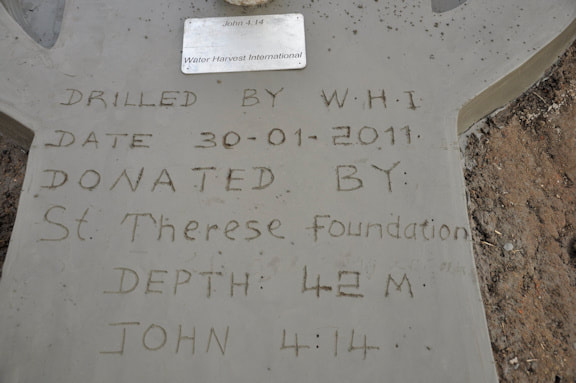 Upon completion of the Bwola Village well, we received a project report which included accounts from two people who described what life was like before they had access to clean water and how grateful they are for the well funded by the St. Thérèse Foundation. Their descriptions are very typical of how people live without a clean water source. 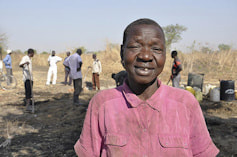 “My name is Ayaa Ester, and I’m 62 years old. We‘ve had no clean water from our village. The only water is from Lagwel, which is located three kilometers from our village. The major problem would not be the long distance, but when we get there for water, we are limited to only two water cans per family, which is not enough to sustain our families. I give thanks to Water Harvest International, and to the Therese Foundation. This well will help us so much and will reduce the stress, struggle, and fighting for water. May the almighty God bless you all and continue to work through you to solve the problems of us." - Ayaa Ester 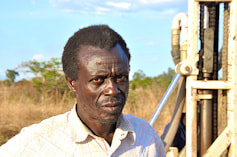 "I would like to thank God very much for answering our prayers. We really suffered so much for not having clean water which is safe like the one of the borehole. I was born from this village in 1954 and all of my time has been spent from this same village. This village currently has over seventy households with a total population of 600 people both young and old. During the rainy season, we would get our water from the hand dug open wells, which are not safe. Unfortunately, the wells would dry up during the dry season, forcing us to move longer distances to look for water. Also, it would be overcrowded because of the whole respective village population. People in this village normally spent sleepless nights. They woke up at dawn and move tens of kilometers in search for water and came back late, hence three quarters of the time was spent on searching for water than on other normal domestic responsibilities. Livestock equally shared the available water points during rainy seasons since most of them are raised on free range system. Worst of all is when they leave their waste into the water point which is dangerous for human health. Lagwel stream is the only water point that most populations come in all seasons and it is for all uses, (drinking, livestock, farm, swimming and etc.). As a result of the dirty water source for this community, the village was stormed with different water related diseases. We were facing it hard. Our children, men, and women were always getting sick, giving us a difficult life in this village." - Pastor Anja Mathew |
Archives
November 2023
Categories |
Proudly powered by Weebly
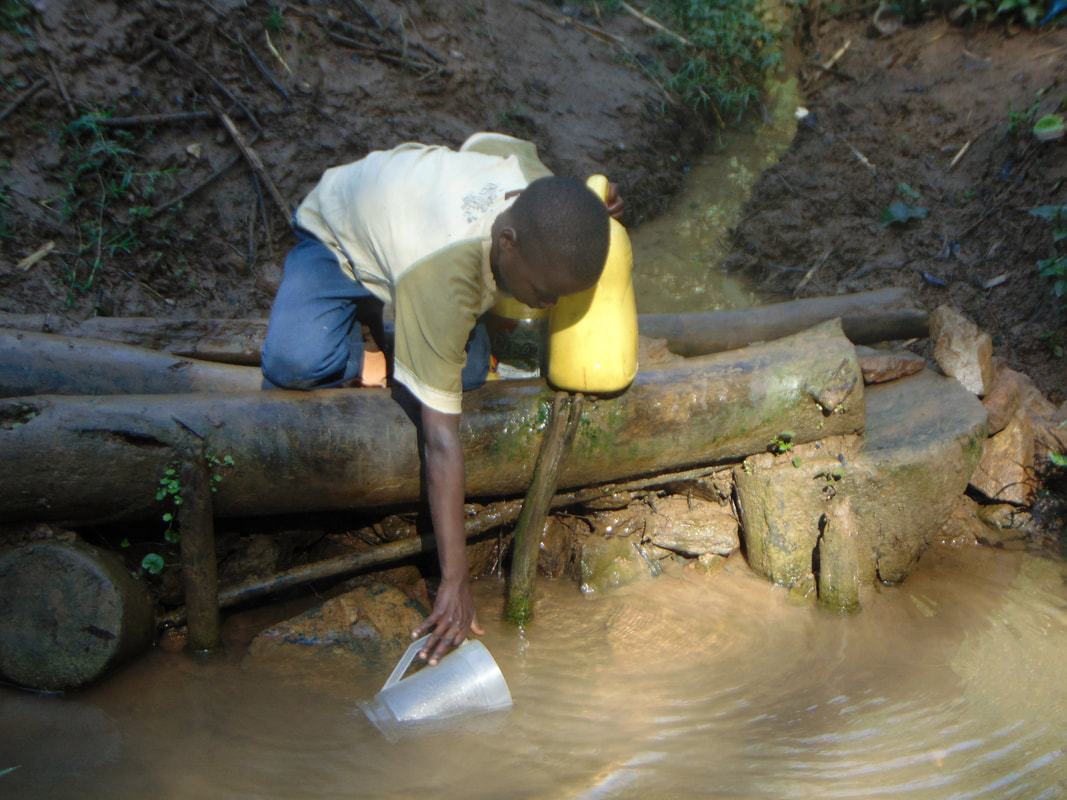

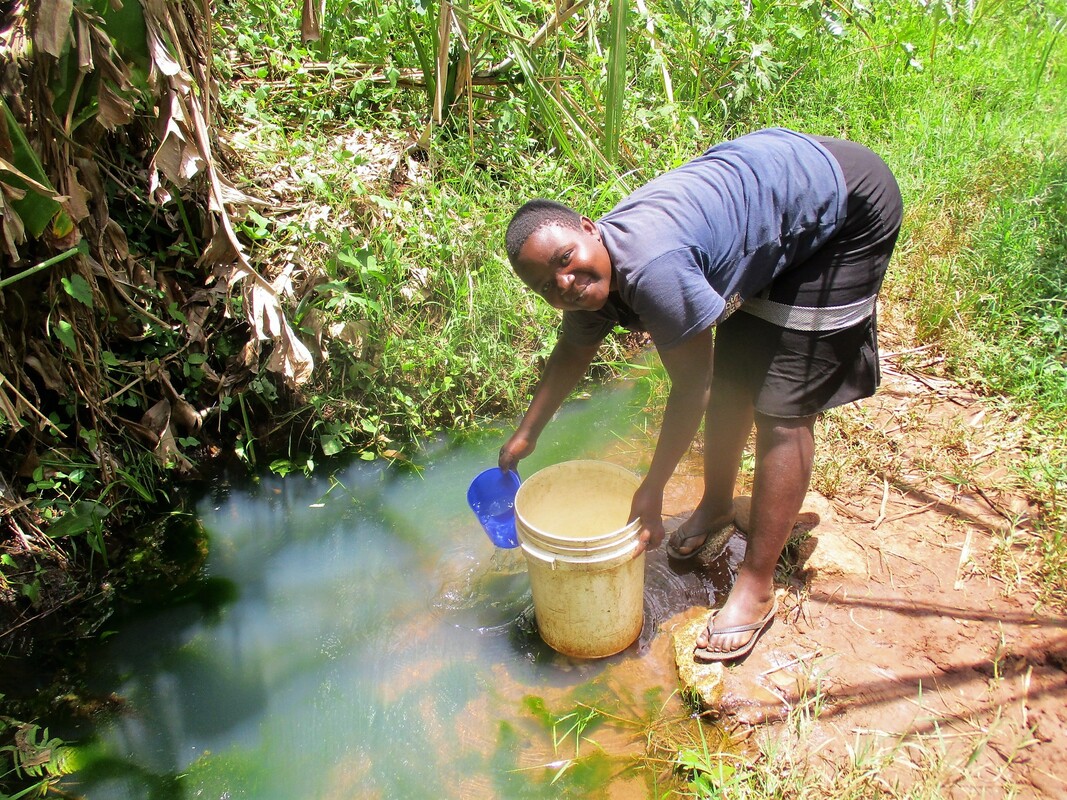
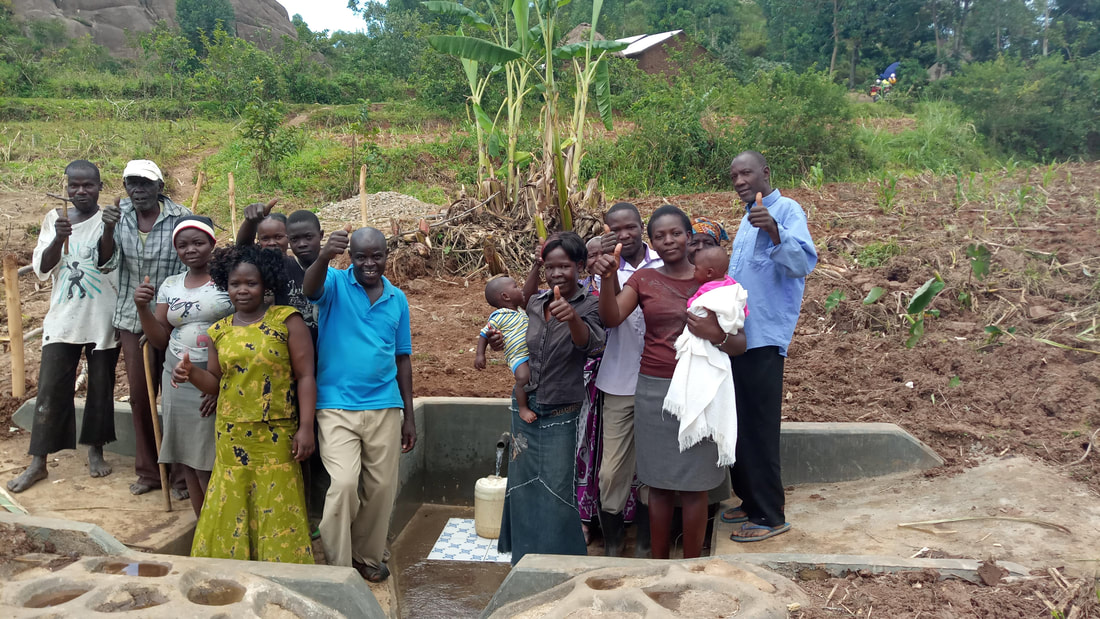
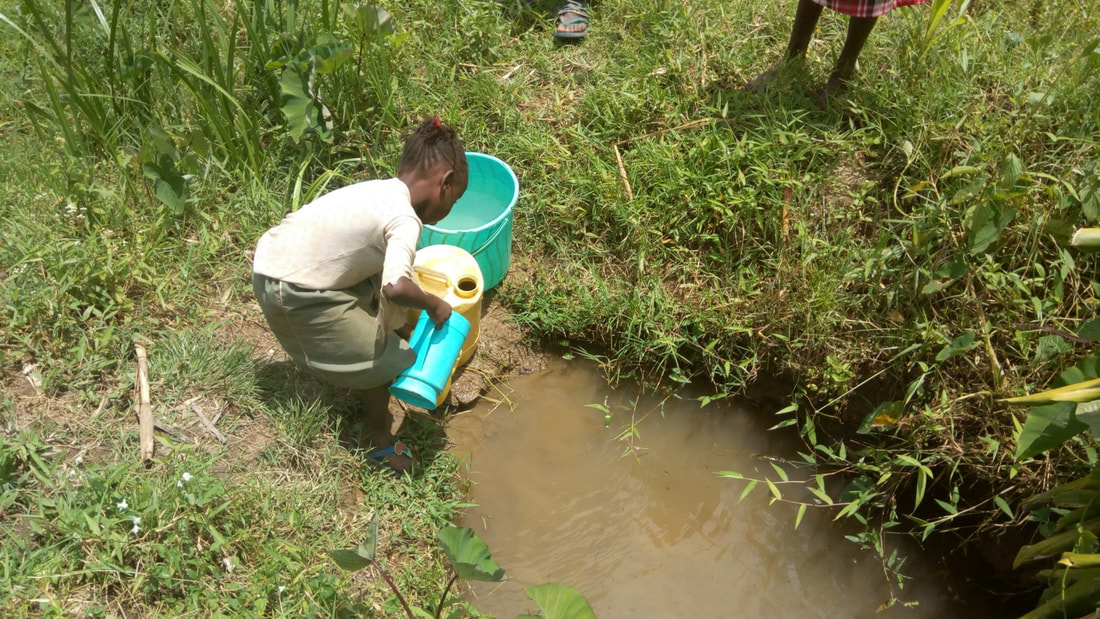
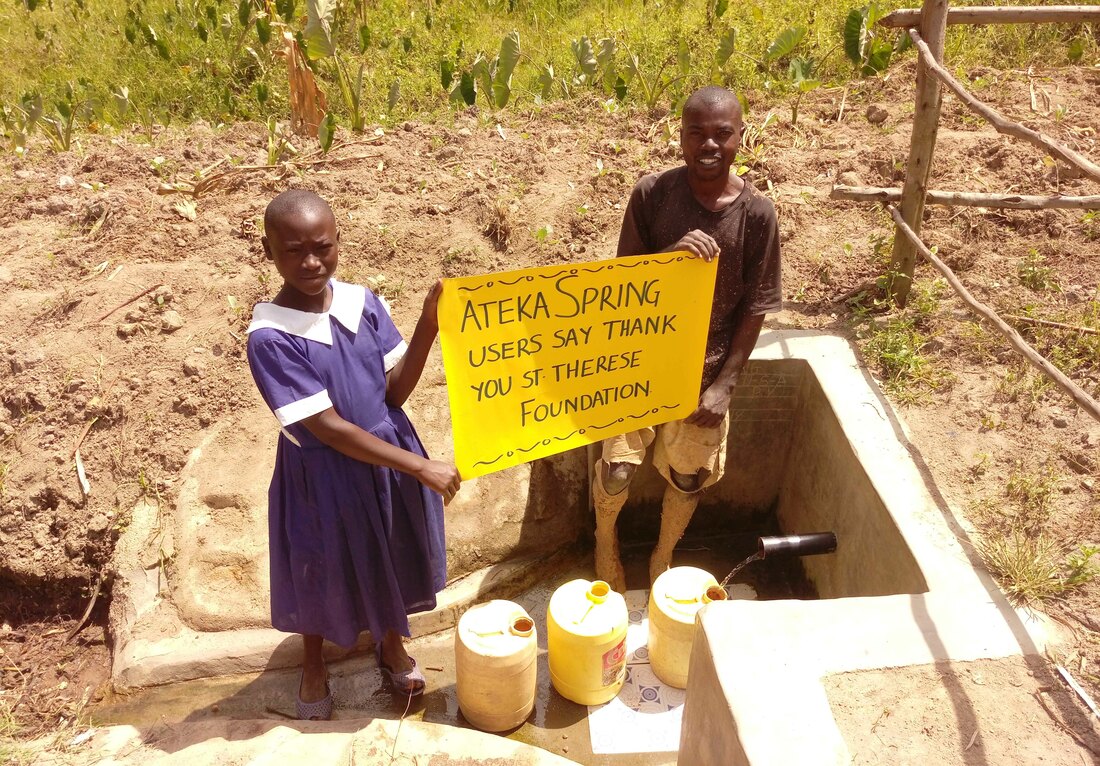
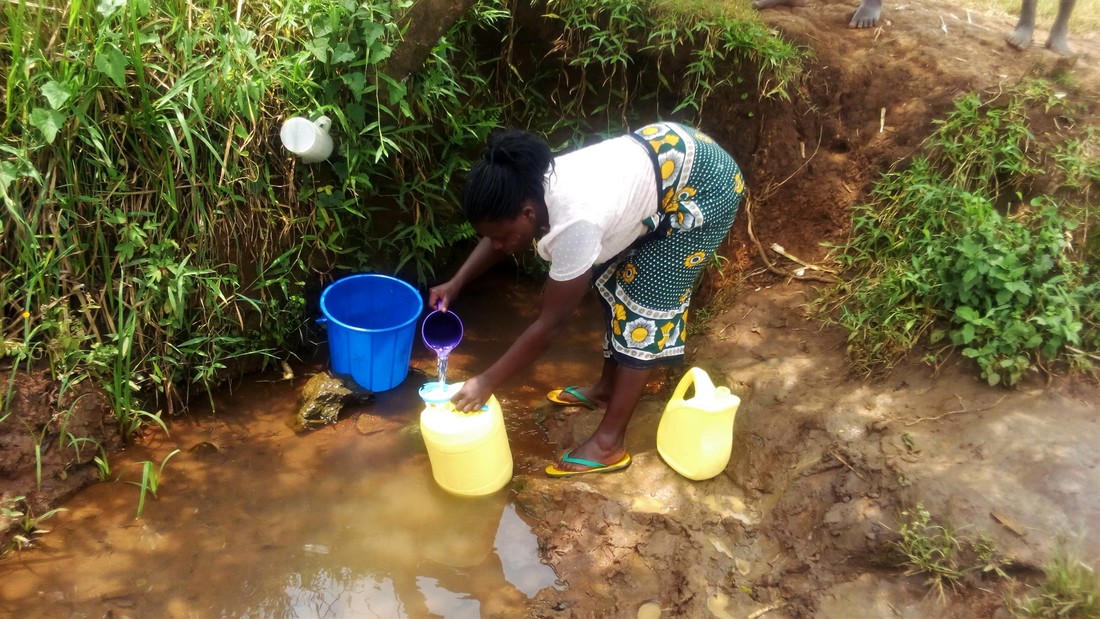
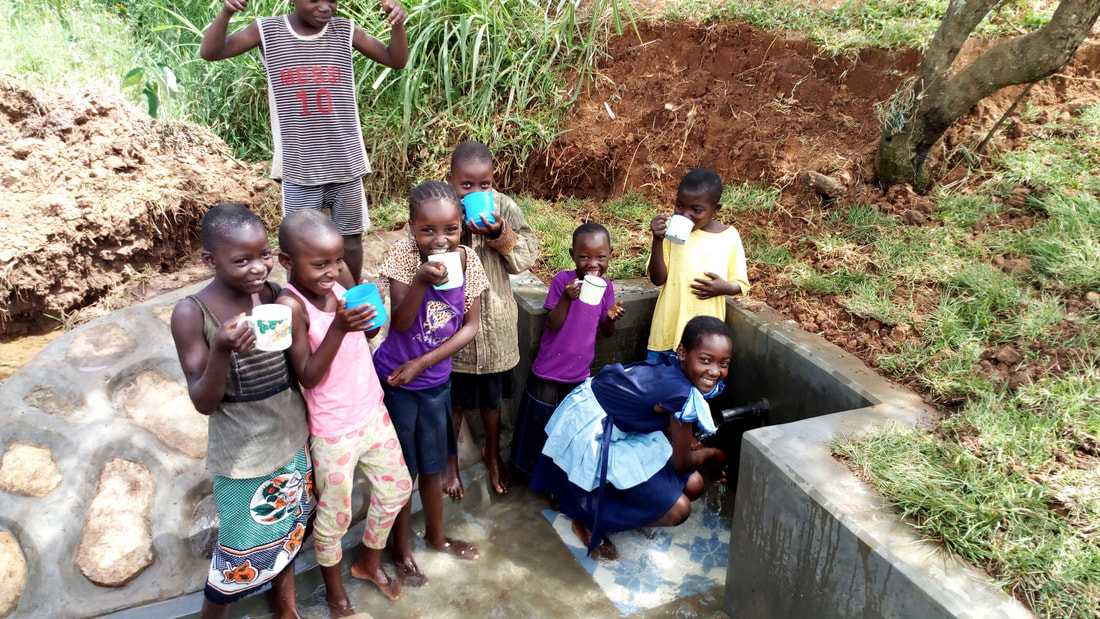
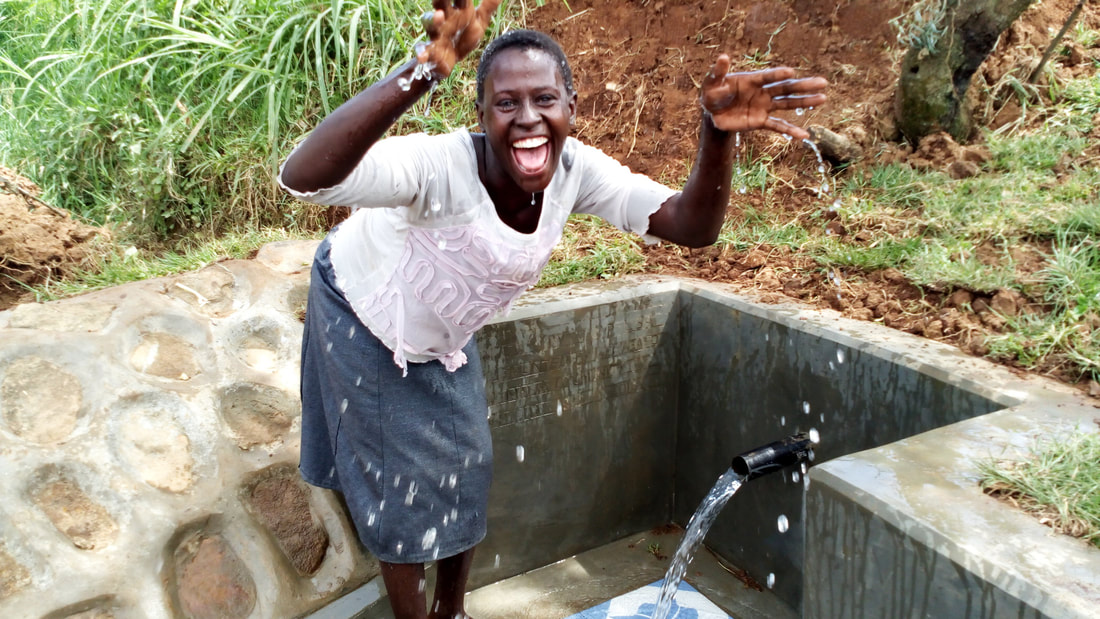
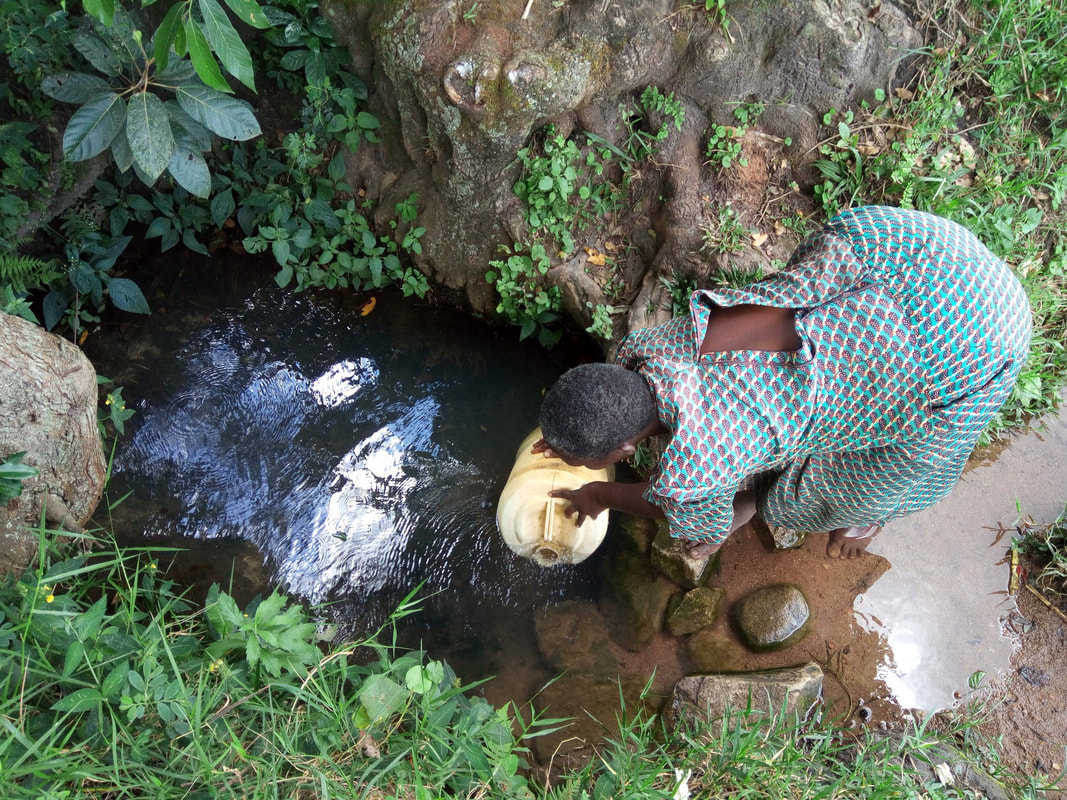
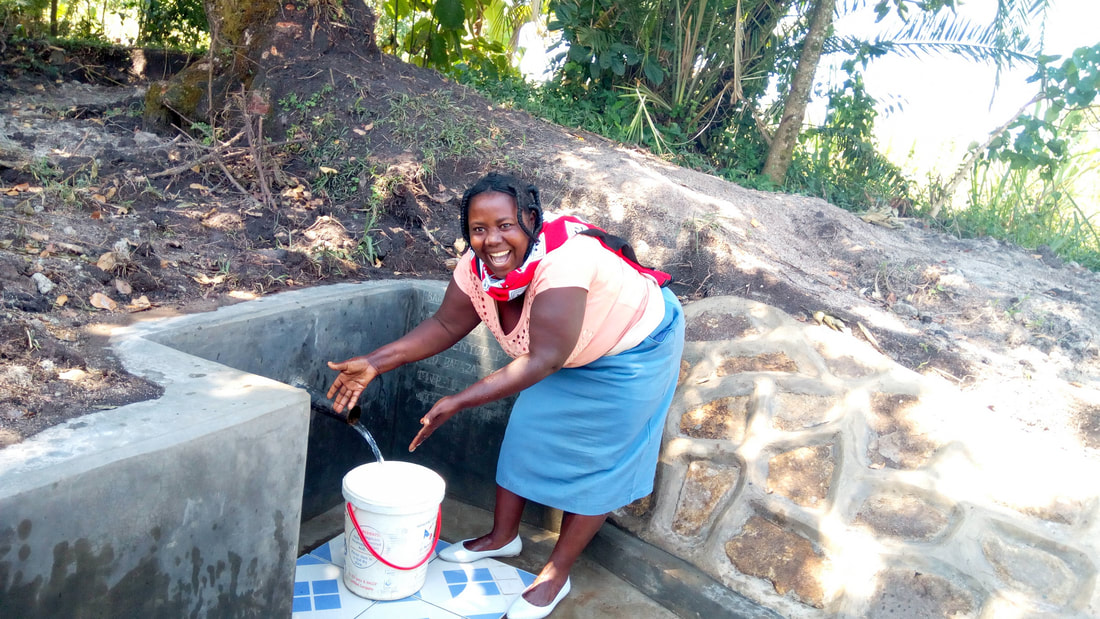
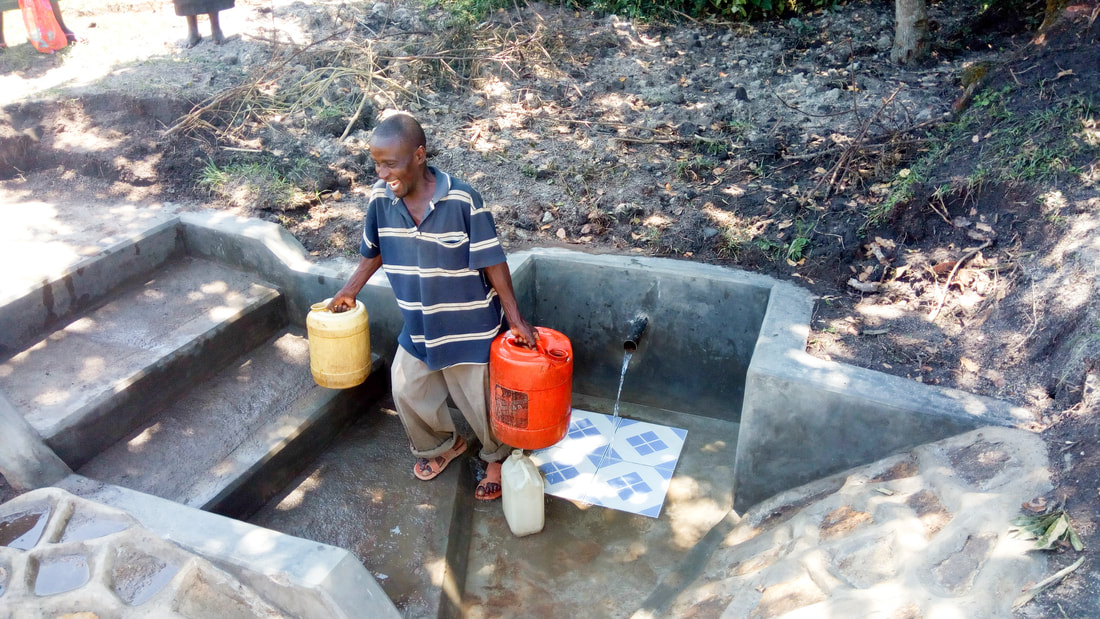
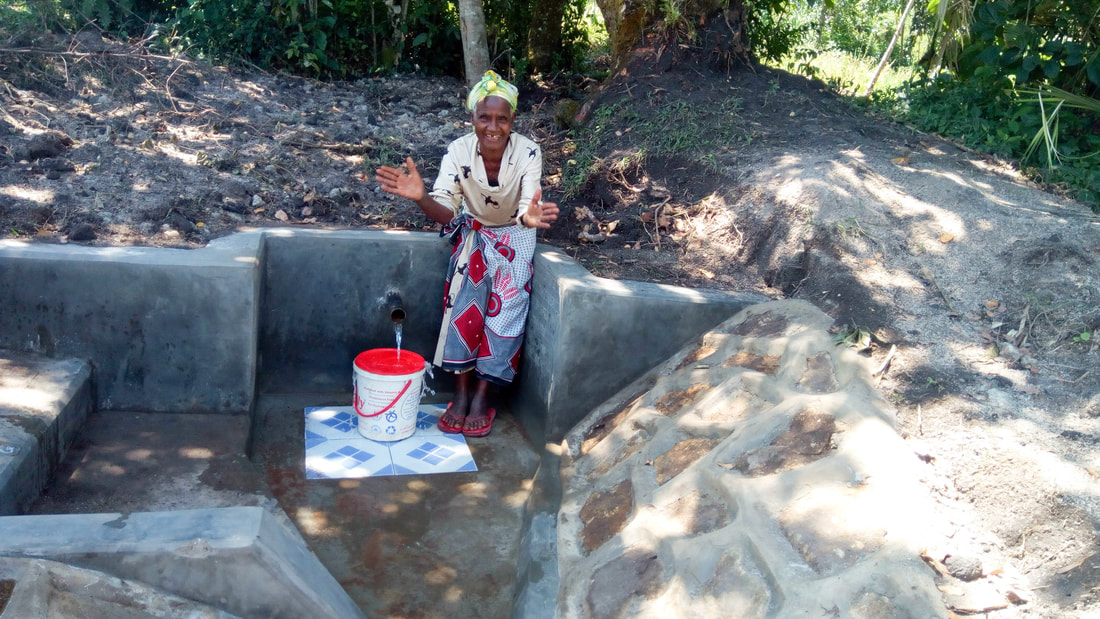
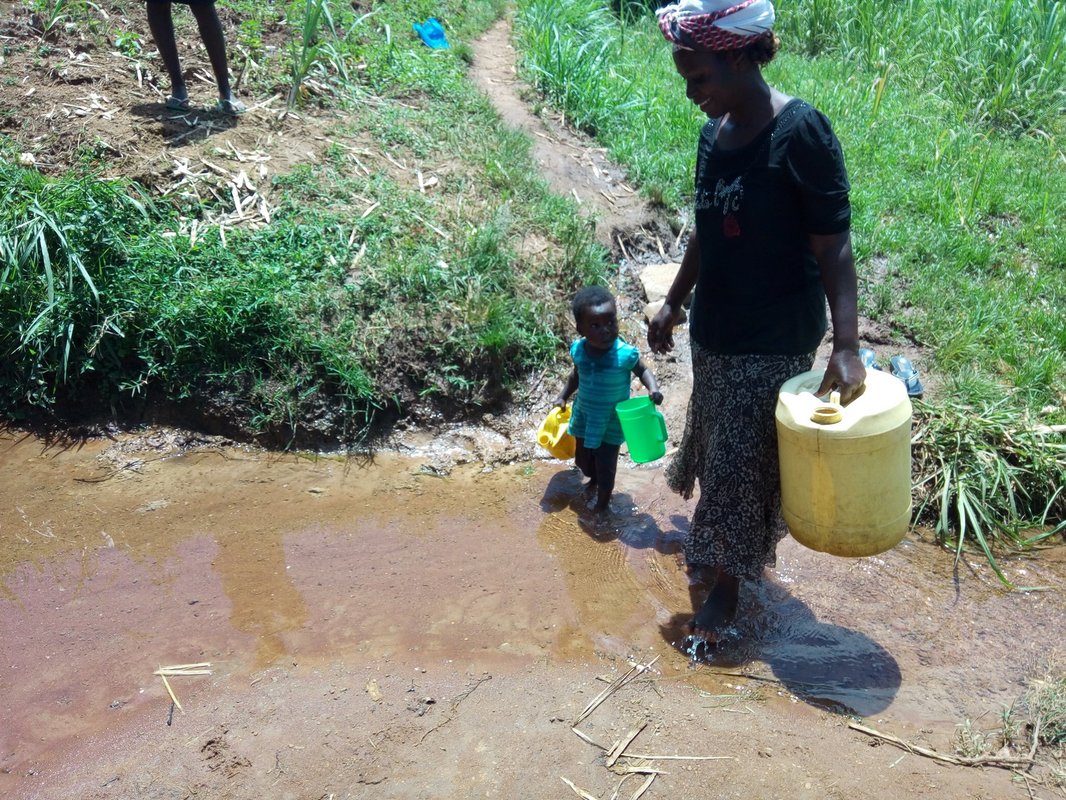
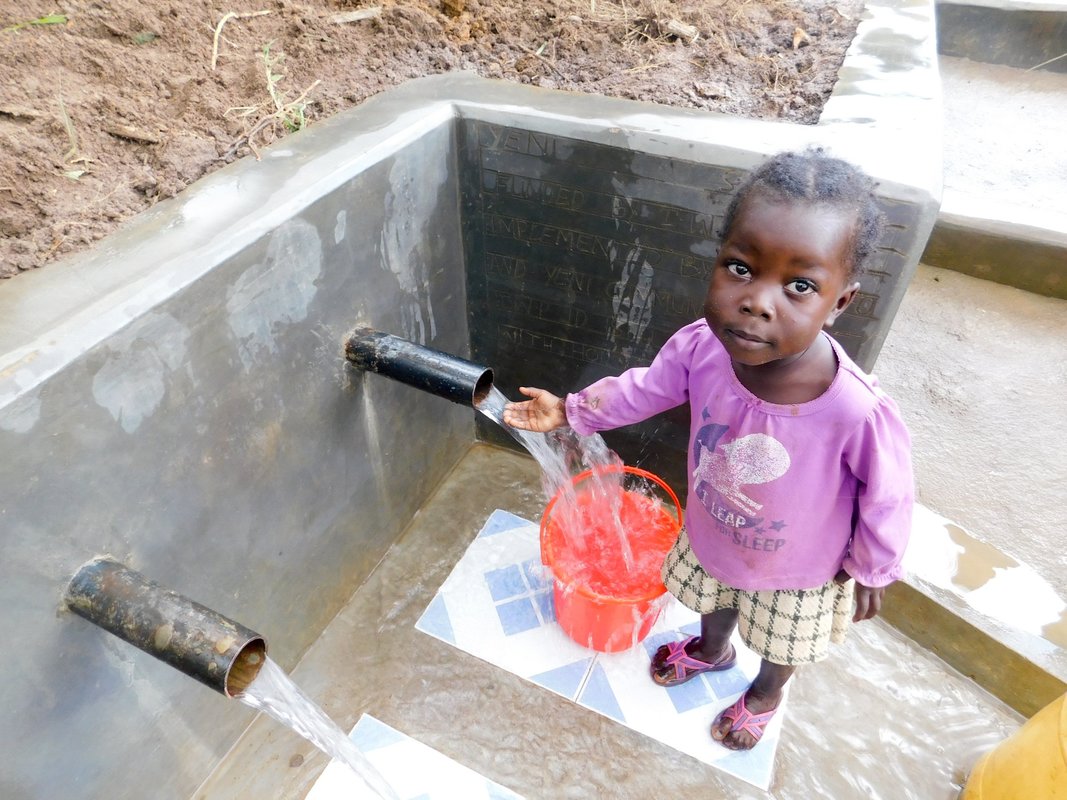
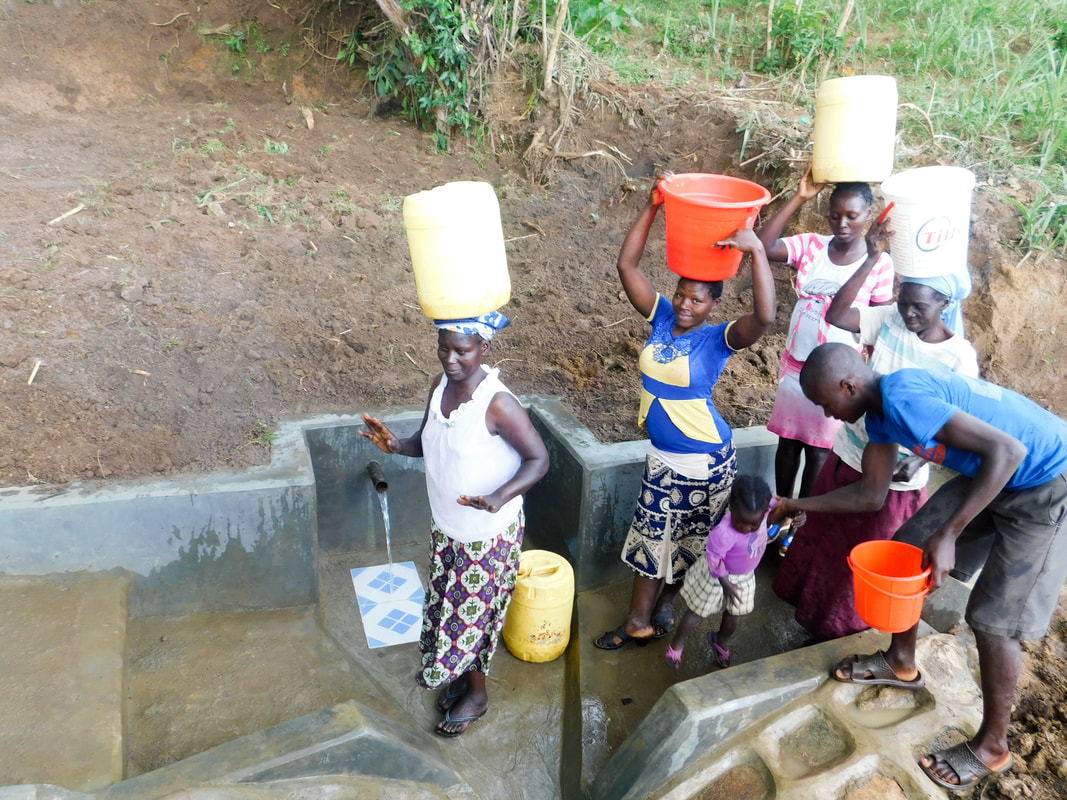

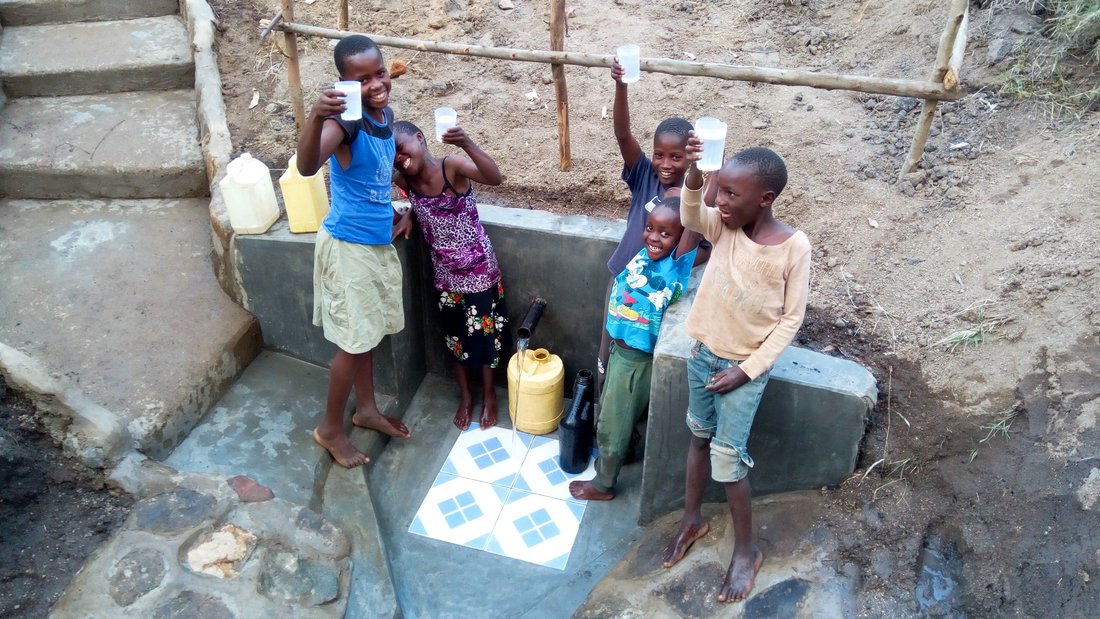
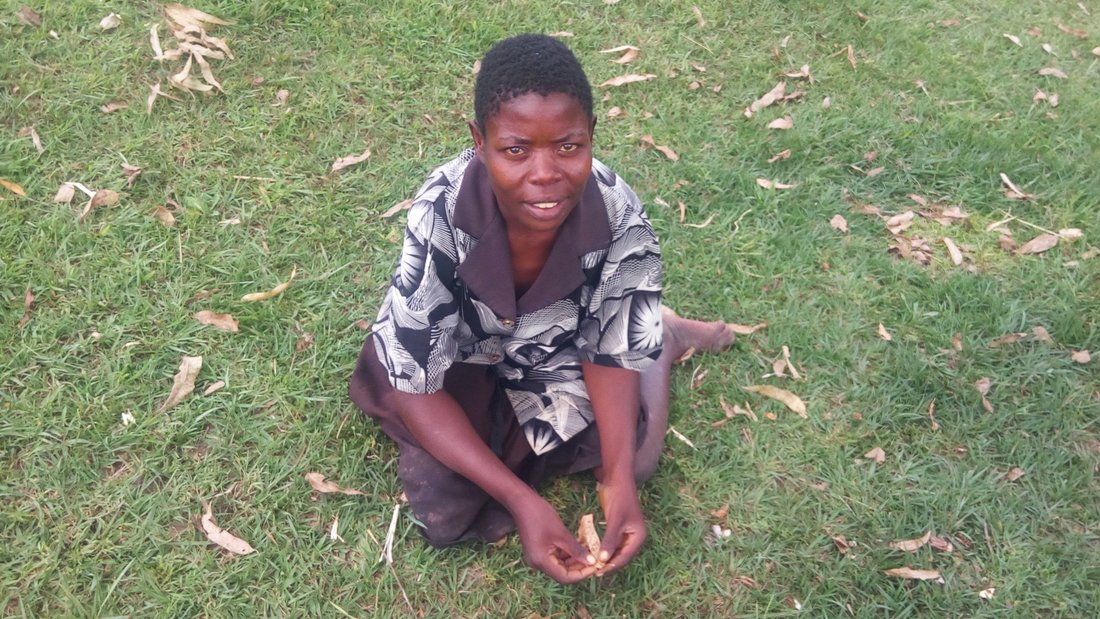
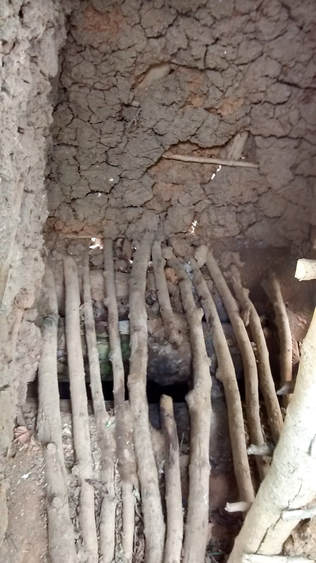
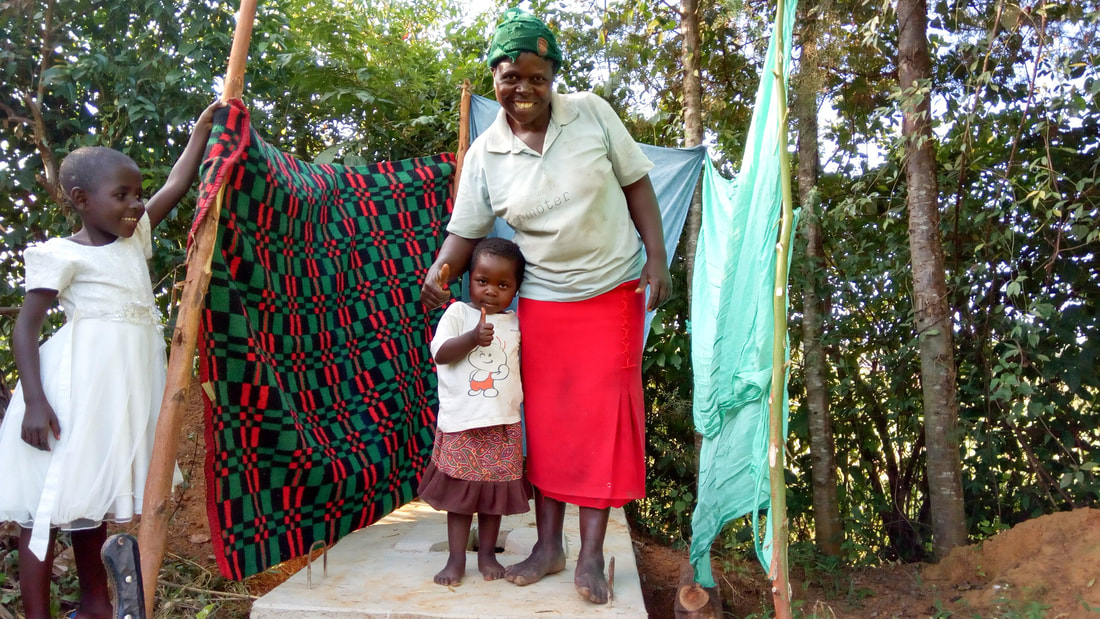
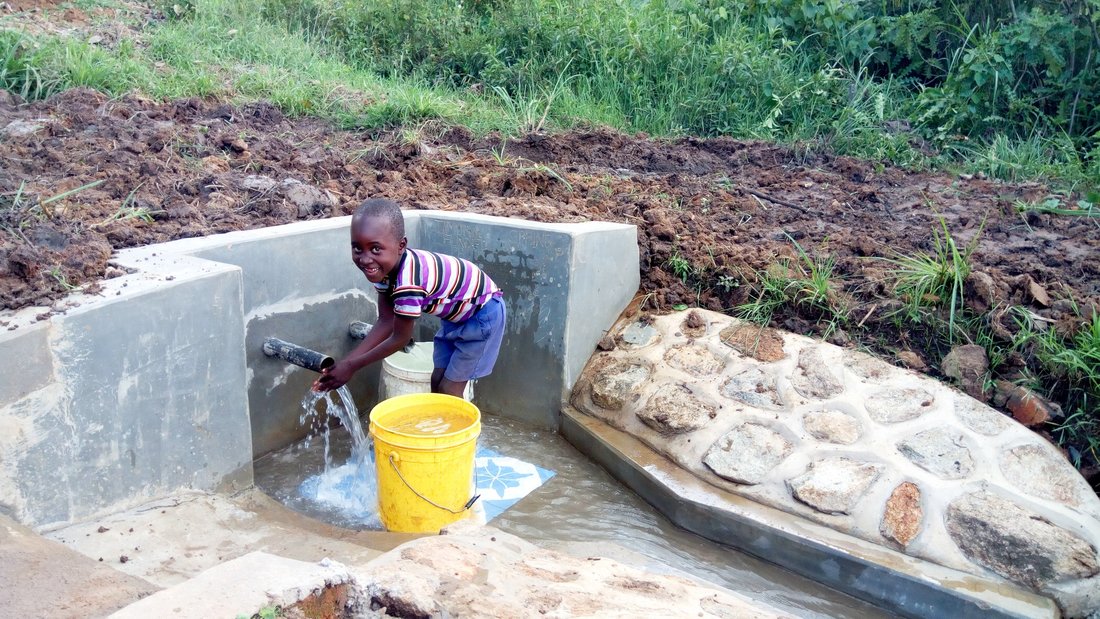
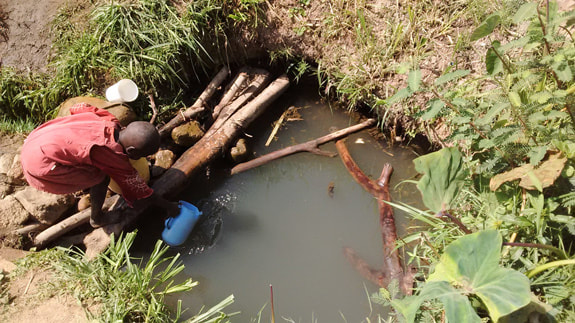
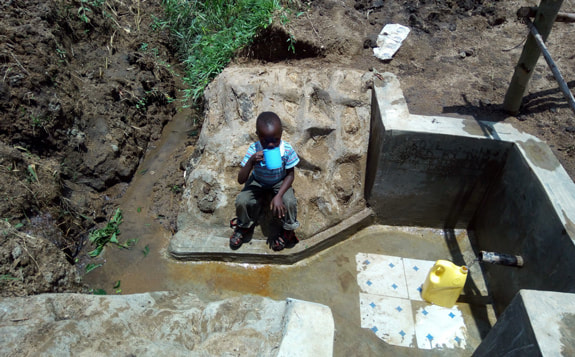

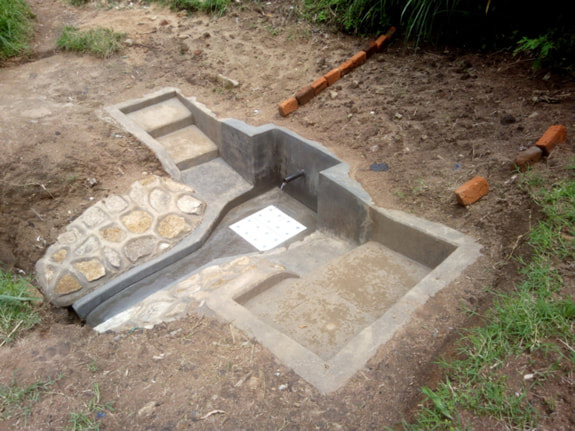
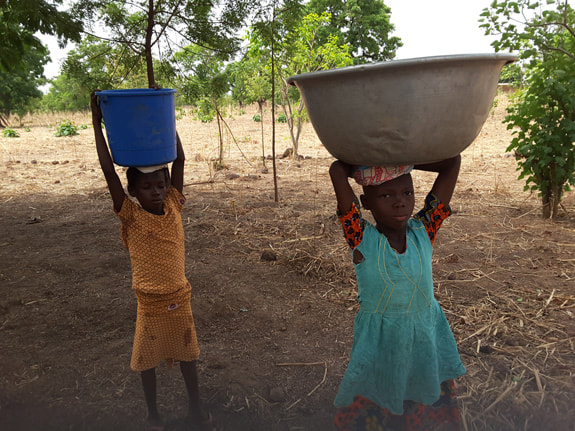
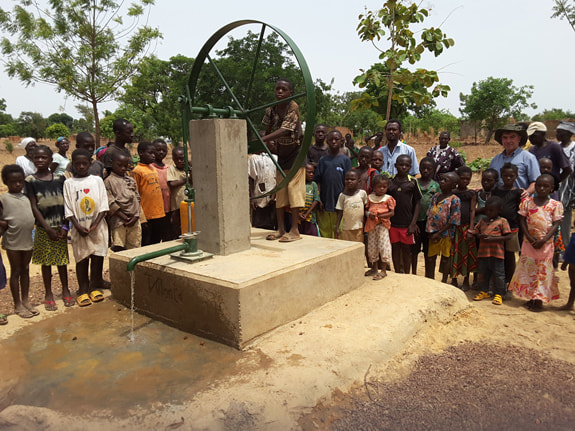
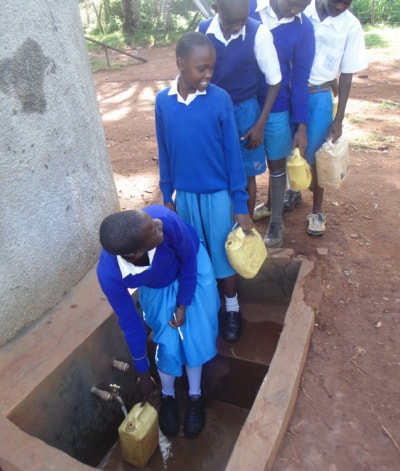

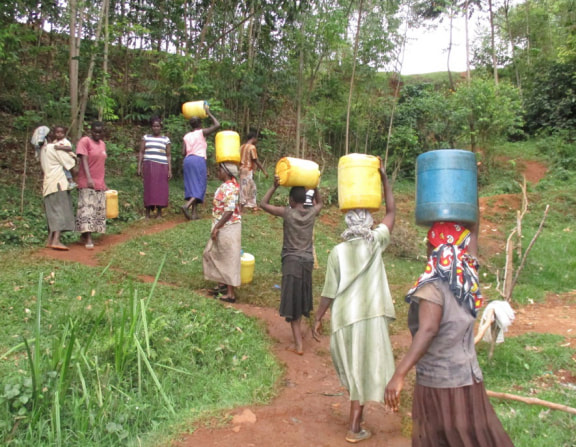
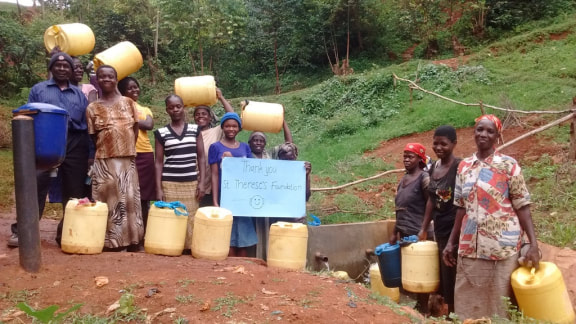
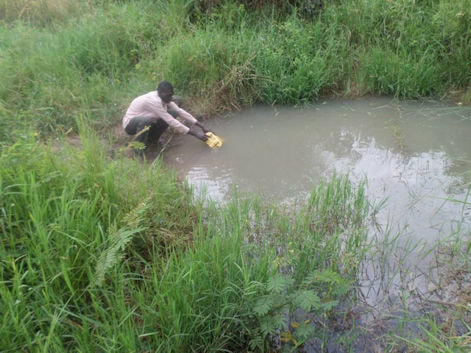
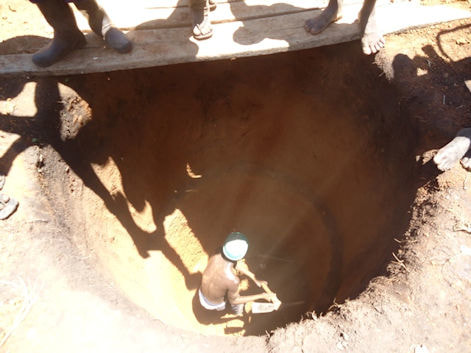
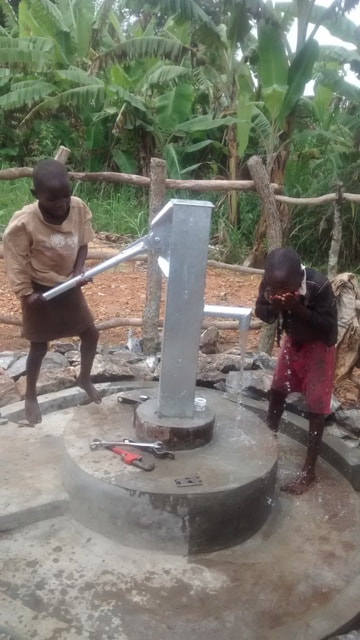
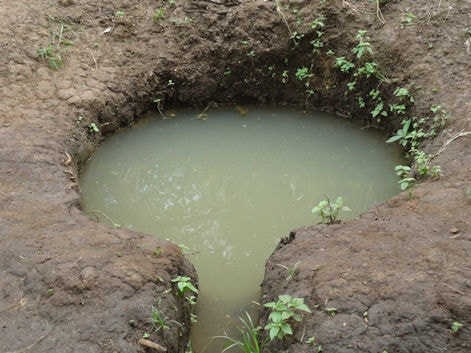
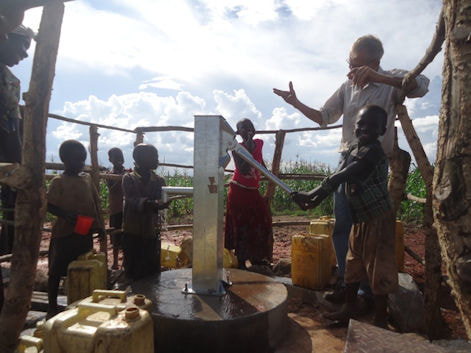
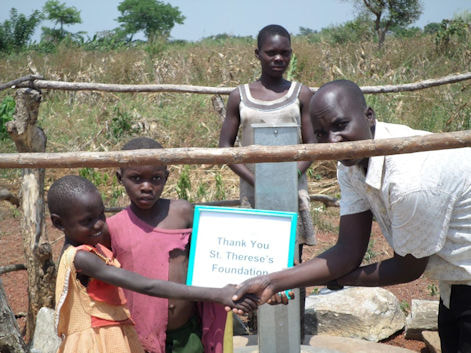
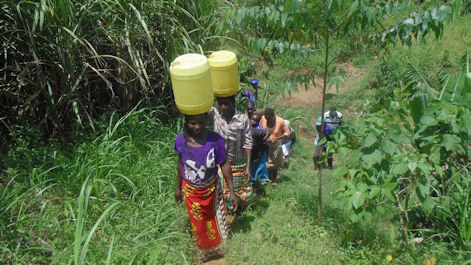
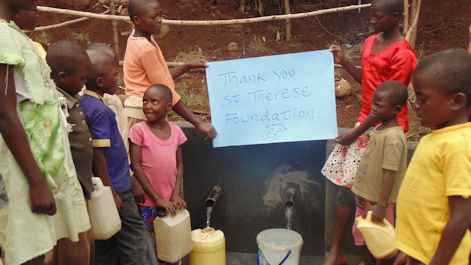
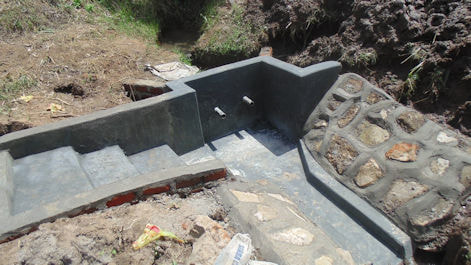
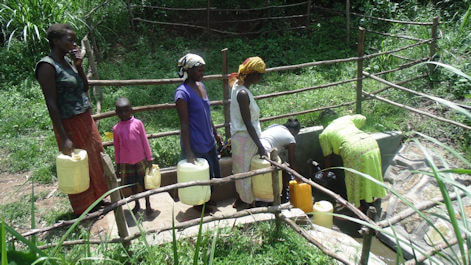
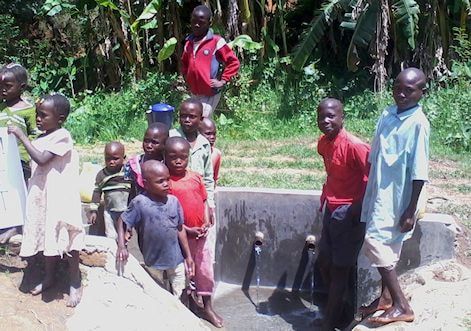
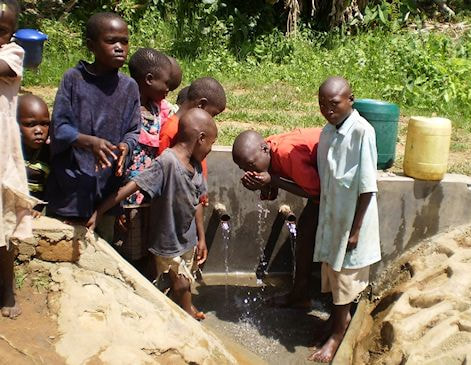
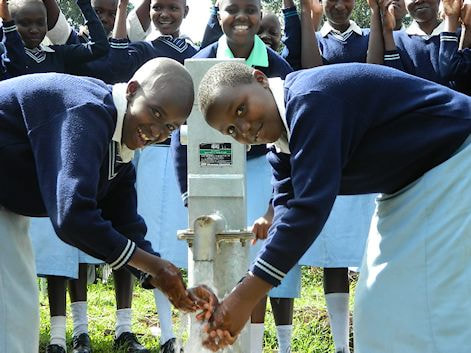
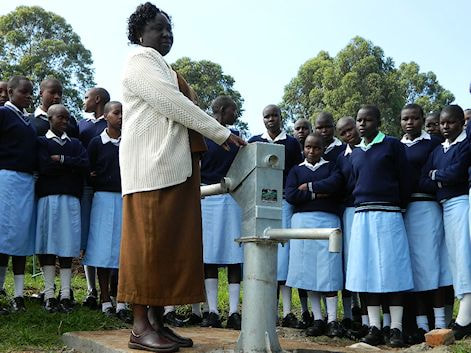


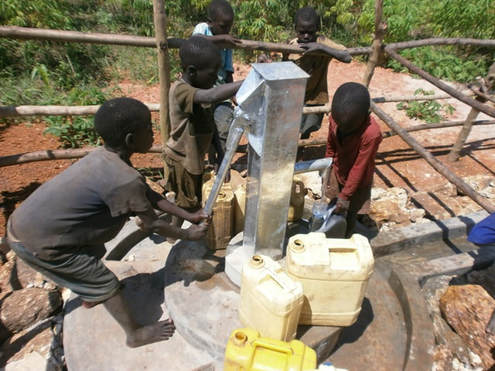
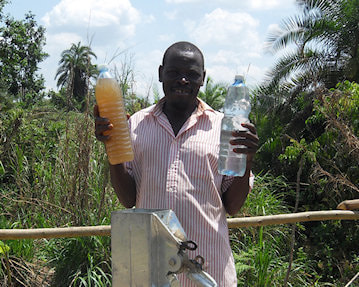
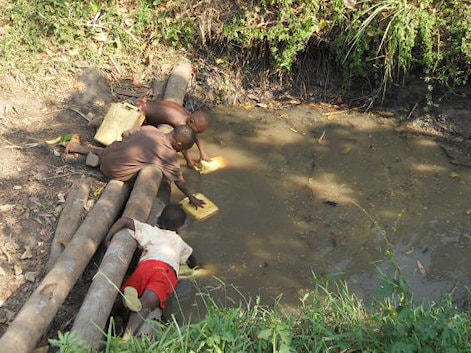
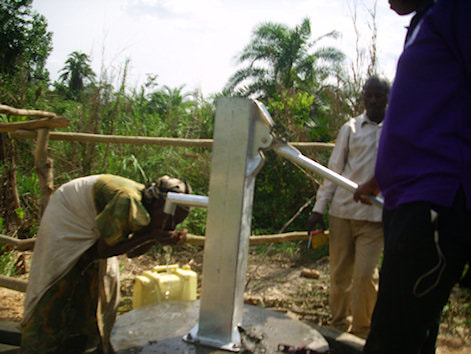

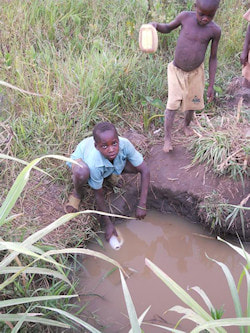
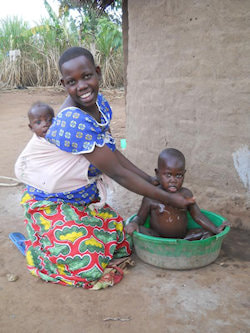
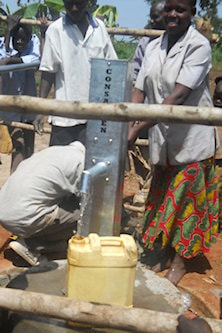

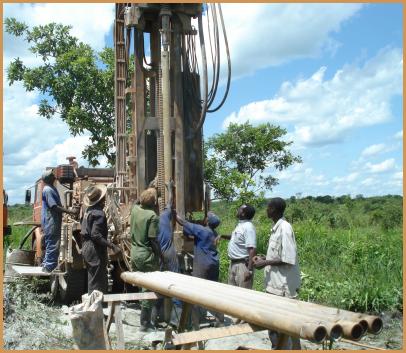
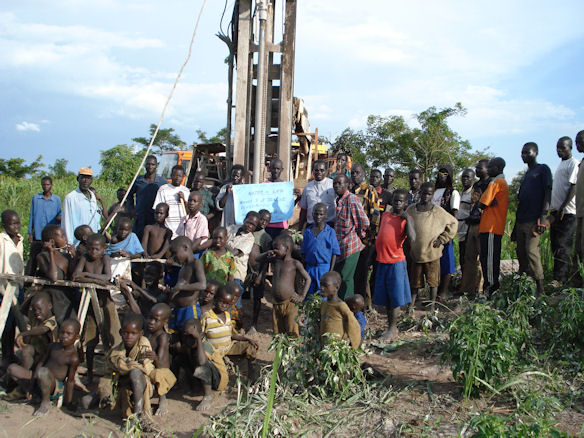
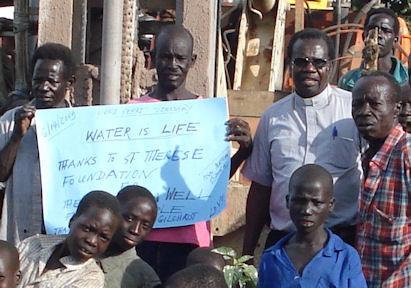
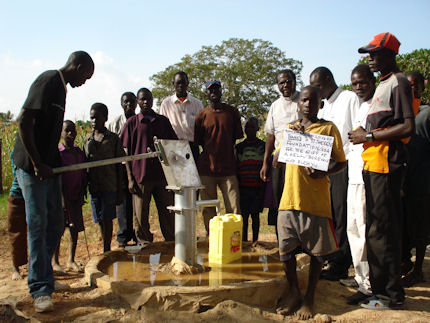
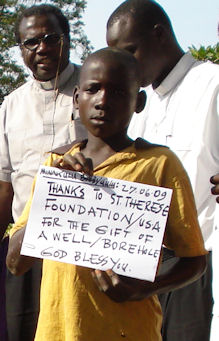
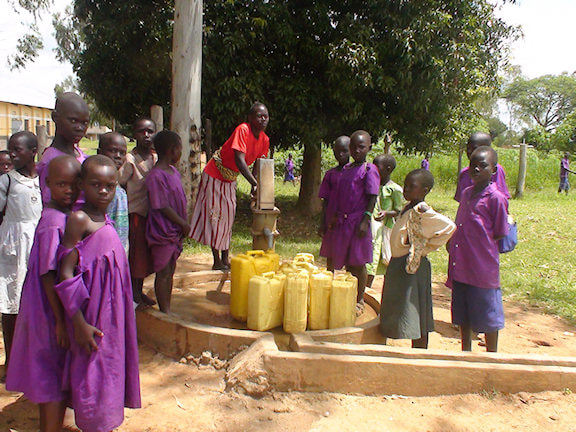
 RSS Feed
RSS Feed